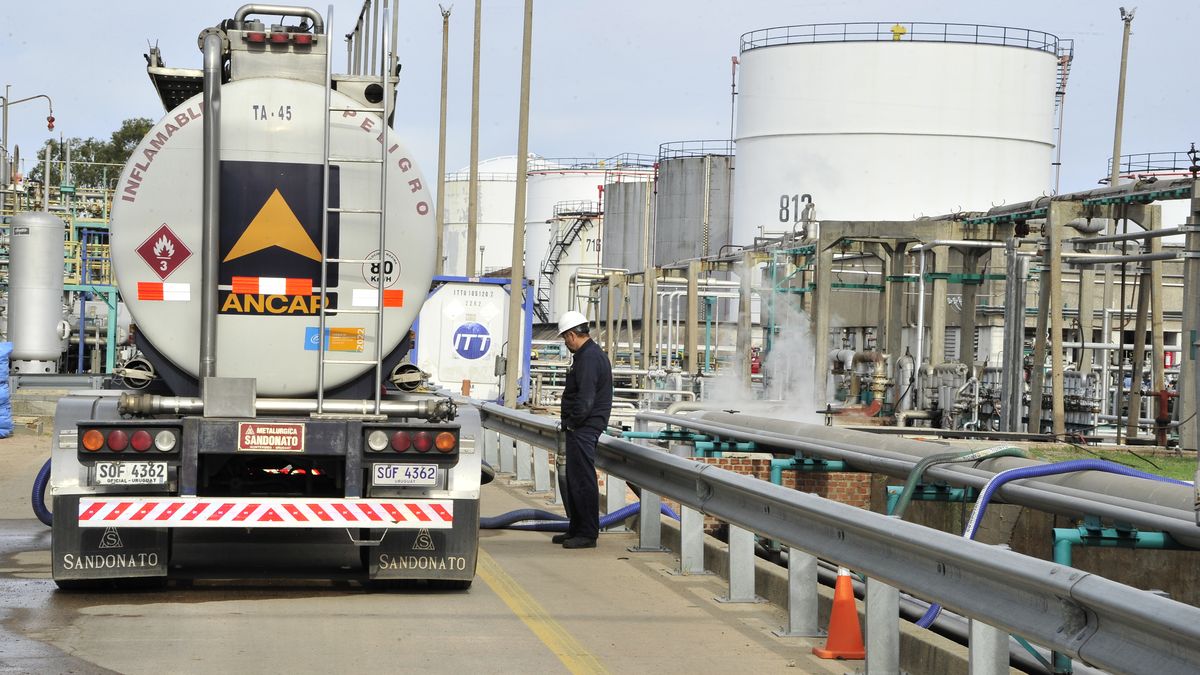He Executive power is approaching a new definition regarding the fuel prices in Uruguay, and the world situation in middle East raises the alarm regarding the prices of Petroleum that Energy and Water Services Regulatory Unit (Ursea) used as a reference for the preparation of the report Import Price Parity (PPI). What can happen in November?
The second half of the year brought quite a few increases in naphtha and the gasoil, driven on the one hand by the general increase in the prices of Petroleum in the world; but also due to the fact that, with the shutdown of the refinery The Tile, the National Administration of Fuel, Alcohol and Portland (Ancap) It lost the economic margin that allowed it to contain the transfer of the increase in reference values to the final price for consumers.
To this situation – already marked in terms of global energy crisis by the war between Russia and Ukraine which has been going on for almost two years—now we add the war conflict in the Middle East between Israel and Hamas, that still maintains the risk of regionalizing towards other countries such as Saudi Arabia, the world’s largest producer of Petroleum. And, therefore, changes in events also impact values.
This is what the Uruguayan government is observing carefully, a few days before a new decision must be made regarding the maximum values of the fuels at the pumps, and taking into account that a —probable— increase in them will also directly impact the indices of inflation, on the one hand; and, on the other, in the decision of Uruguayans to acquire gasoline and diesel in Argentina, where prices are not only cheaper but the exchange difference plays in favor of the local currency, contributing to the consumption diversion that characterizes the current economic situation of the country.
How did oil behave in October?
So far this month, ups and downs have characterized the behavior of the price of a barrel of oil, both Brent —he who observes closely Ancap— As the West Texas Intermediate (WTI). In this sense, although values rose during the two weeks after the start of the war in the Middle East, motivated mainly by fear of the regionalization of the conflict, the truth is that in recent days the decline has been the protagonist, to the point of returning to the figures with which the month began and, even, to even lower numbers.
Thus the barrel of oil Brent quoted to 88 dollars at the close of trading yesterday, when on October 2 the value was $91.21. Likewise, on October 9 – the business day after the outbreak of the war between Israel and Hamas – the price was $91.37. The peak, meanwhile, occurred on the 13th, when the barrel reached $94.33.
In the case of oil WTI, yesterday he quoted $84.58, while at the beginning of the month it was at $88.81. The maximum price was recorded on the 19th, with 89.35 dollars per barrel.
These ups and downs correspond, mostly, to the development of events in the Middle East; and the decline that it maintains this week is due to the fact that the investors They continue to wait for what may happen while diplomatic efforts intensify to stop the conflict.
Does this mean that fuel prices will not increase Uruguay? The truth is that there are still several days before the government must make the decision – which will only be communicated next Tuesday – so a sure response cannot yet be seen. This is because the international reference price can still show significant changes—especially considering the ups and downs it has suffered so far this month—but also due to political decisions in line with the union situation in Ancap, that the technical stop in La Teja would take longer than expected, with the consequent costs.
Source: Ambito




